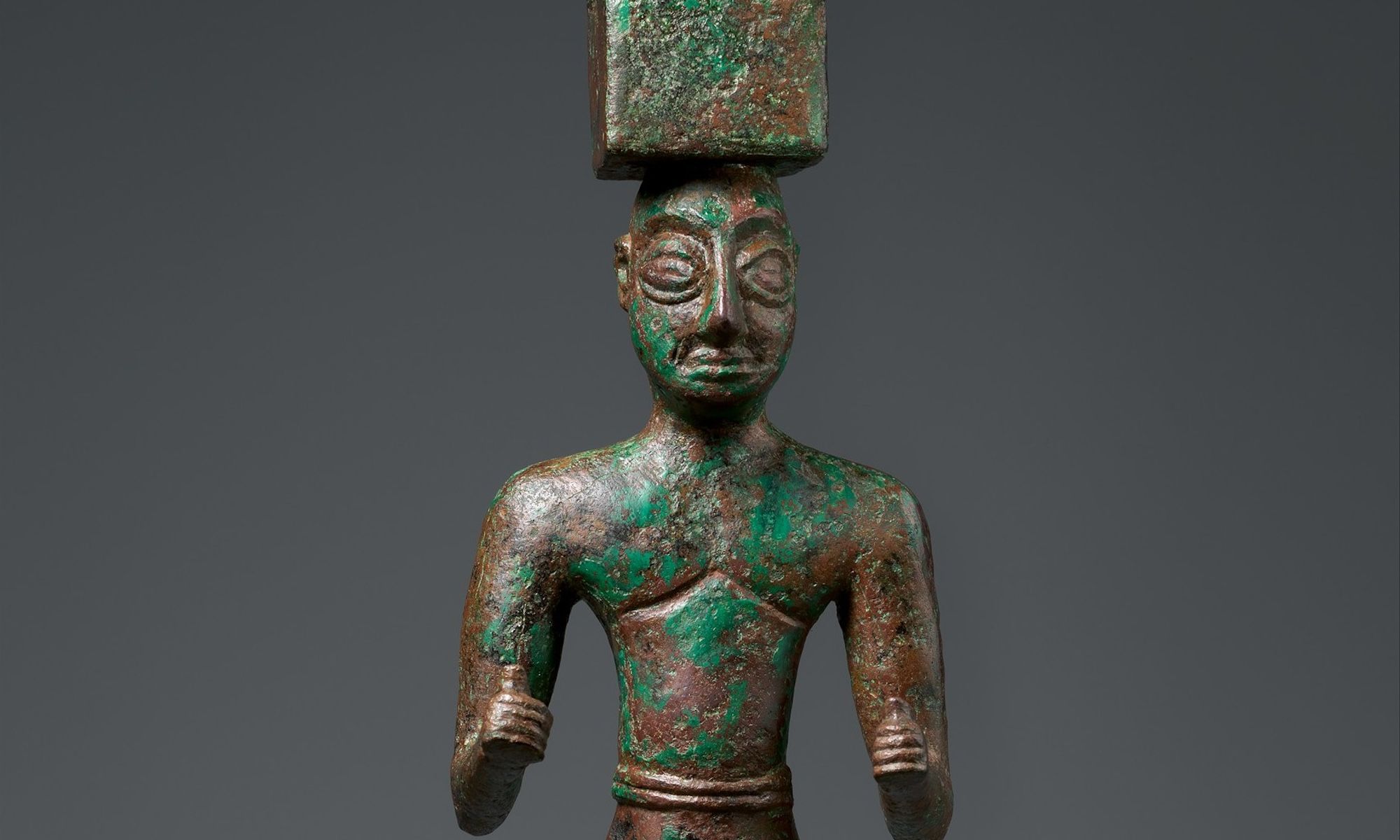Man carrying a box, possibly for offerings, 2900BC–2600BC, Sumerian Public domain, via Metropolitan Museum of Art
The Metropolitan Museum of Art in New York has returned an ancient Sumerian copper alloy statute from the third millennium BC to authorities in Iraq.
The museum acquired the ancient statue—which depicts a male figure with a box, possibly intended to hold offerings, atop its head—in 1955. It did not share any information about how the artefact left Iraq, or what specific information led to its restitution. The ancient statue was handed over to Iraqi officials during a ceremony in Washington, DC, attended by the country’s prime minister, Mohammed Shia al-Sudani, according to an announcement by the museum.
“The Met is committed to the responsible collecting of antiquities and to the shared stewardship of the world’s cultural heritage,” Max Hollein, the museum’s director and chief executive, said in a statement. “We are honoured to collaborate with the Republic of Iraq on the return of this sculpture, and we value the important relationships we have fostered with our colleagues there. We look forward to continuing the ongoing and open dialogue between us.”
The statue, which is just over one foot tall, had been on display at the Met at various times over the past several decades, and was also repeatedly loaned for exhibitions at other museums, most recently for the Morgan Library and Museum’s 2016 show Founding Figures: Copper Sculpture from Ancient Mesopotamia, ca. 3300-2000 BC.
The Sumerian statue’s repatriation to Iraq comes as the Met redoubles its efforts to investigate provenance issues in its collection. The museum just hired Lucian Simmons, the head of Sotheby’s restitution department, to lead the internal provenance research team it created last year as its collecting practices faced mounting public scrutiny.
The museum’s move to formalise its internal provenance research follows a series of high-profile scandals and pressure campaigns that have led to the restitution of objects to countries including Cambodia, China, Egypt, India, Italy, Nepal, Nigeria, Yemen and more. As part of the museum’s efforts to more transparently share information about objects it has restituted, the digital collection entry for the Sumerian antiquity will remain publicly accessible.

